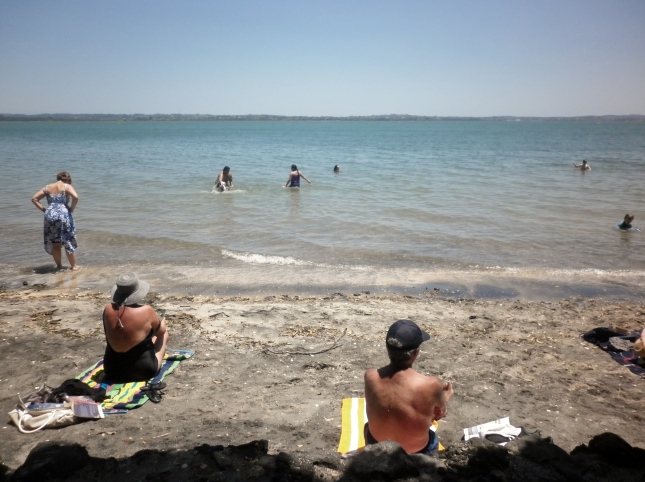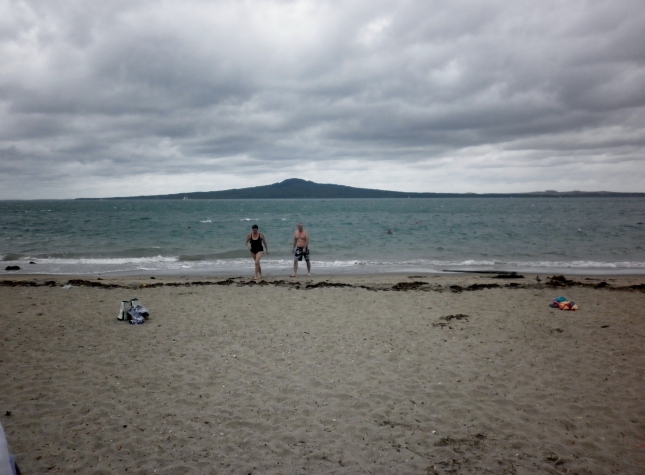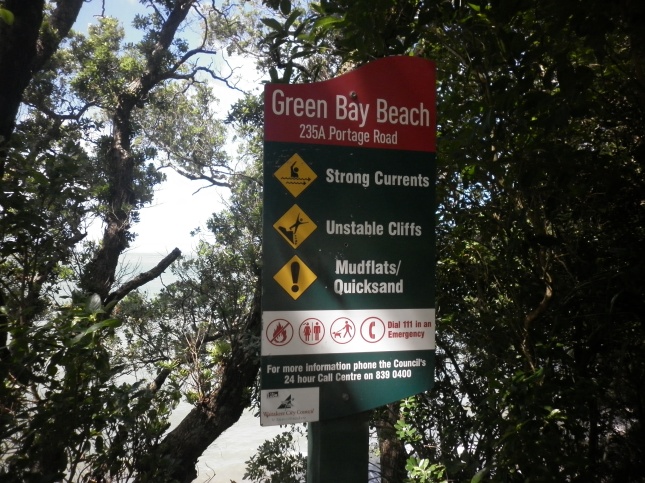Didn’t manage a swim last Thursday the 9th of January. I was super tired and also the weather was unexpectedly chilly. This could have provided the ingredients for a surprisingly warm swimming experience as the temperature of the water would not have dropped as much as the temperature of the air, but I did not venture to find out.
But there is still something I have been meaning to write about for a while. Auckland is the home of three harbours. The Waitemata harbour is the most popular, and on a sunny day the water reflects the light in such a way that it appears to sparkle. Next is the less popular Manukau harbour. This harbour gets a bit of a hard time due to being the home of an extensive sewerage plant, and also, the Auckland International Airport is located on its shores.
The main point of the post today is to skite a bit about the Kaipara harbour. Due to council defined boundaries, only half of this harbour is actually located in region of Auckland. But taken as a whole, apparently the Kaipara harbour is the largest natural harbour in the world. Due to my close proximity to the Waitemata and Manukau harbours, I hardly ever visit the Kaipara harbour but I would like to do so more in the future. The last time I was in its vicinity was over ten years ago when I visited friends who had a holiday home on its shores.
The word ‘harbour’ has just gone strange. You know, I’ve repeated it so many times here that it seems like a foreign word. Harbour harbour harbour. You can harbour a grudge. Perhaps it is derived from a word that means ‘holding place’ or similar. It can also be spelled ‘harbor‘. I did not know that until Wikipedia told me just now. Yes, it is derived from and old english word ‘herebeorg‘ which means troop (or army) shelter. It is a place of refuge, or safety. We can harbour a criminal, or a grudge. Keeping them both safe. Apparently. I think that harbouring a grudge does not keep me safe. Interesting. Harbouring the criminal and the grudge keeps THEM safe, but not the person doing the harbouring.
So, do our harbours keep us safe while compromising themselves? In the case of the Manukau I would have to agree. And even the Waitemata. I’m a bit of a purist. I’ll come out of the closet. I just LOVE unmodified beaches. Beaches with their own dunes, without pavements, seawalls and the like. The Waitemata has been messed about with a lot. Some people would not agree with my perspective. They would think that this messing about is a good thing as it enables progress. It enables transport through the construction of motorways, bridges and so on. But I love the unexpected symmetries and asymmetries that are found on an unmodified shoreline. The way the estuarine waters curl and carve there way across estuarine muds. And the way that dunes rise and fall in response to changing winds, storms and tides.














